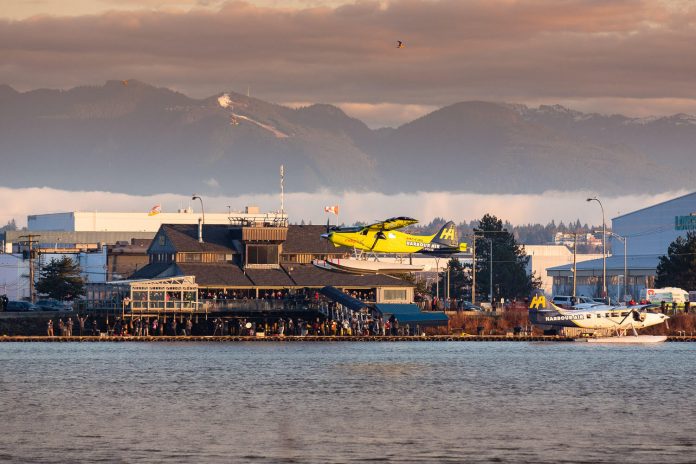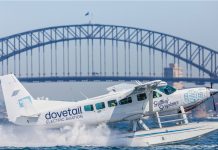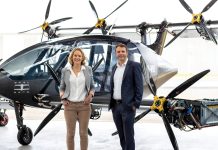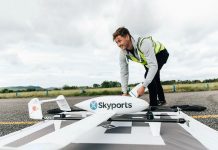An Australian-designed engine has powered the test flight of the world’s first electric commercial aircraft.
While the history-making flight in Canada was only 15 minutes, the entrepreneurs behind the project say it signals the start of the third era in aviation—the electric age. And they are determined to build on this first step in their quest to have the world’s first all-electric commercial fleet.
The successful flight of the ‘ePlane’, a six-passenger de Havilland DHC-2 Beaver, took place from the Harbour Air Seaplanes terminal in Vancouver.
The engine was a 750-horsepower magni500, supplied by Gold Coast firm magniX, that was unveiled at the Paris Air Show in June 2019.
Earlier this year, Harbour Air announced its partnership with magniX and the company’s intention to build the world’s first completely electric commercial seaplane fleet. The two companies will now begin the certification and approval process for the propulsion system and retrofitting of aircraft.
CEO of magniX Roei Ganzarski said it was in December 1903 that the Wright brothers launched the aviation age with the first flight of a powered aircraft.
‘Today, 116 years later, with the first flight of an all-electric powered commercial aircraft, we launched the electric era of aviation,’ he said.
‘The transportation industry and specifically the aviation segment that has been, for the most part, stagnant since the late 1930s, is ripe for a massive disruption. Now we are proving that low-cost, environmentally friendly, commercial electric air travel can be a reality in the very near future.’
Harbour Air CEO and founder Greg McDougall flew the aircraft.
‘Today, we made history,’ he said. ‘Canada has long held an iconic role in the history of aviation and to be part of this incredible world-first milestone is something we can all be really proud of.’






That’s one serious power plant! I hope I’m alive to see battery technology emerge from the caves -:)
Exactly. Me too.
The batteries are the Achilles heel of all these projects.
As with the future of the electric automobiles, it is looking increasingly likely that batteries might well not be the way to go for mobile electric vehicles, including aircraft. Hydrogen Fuel Cell power is shaping up to be the energy source for the long term.
With hydrogen liquid storage, and the ability for fuel to be pumped from a tank or a tanker once again, we are seeing the limits of the endurance of vehicles powered by Hydrogen to be governed by the tank capacity of the vehicle conserved.
In this case, the flight of the Beaver would probably have been as impressive with energy sourced from liquid hydrogen as it was with the energy sourced from Lithium batteries, but with the potential for much greater range.
It certainly is a fantastic achievement. I think we all agree that the batteries are now the limiting factor. Hydrogen is indeed a real alternative. I would assert that compressed hydrogen is the way to go, rathe than liquid. Both Toyota and Hyundai are selling hydrogen powered cars using compressed hydrogen and a small fuel cell. Very safe and proven technology. The hydrogen tanks are made from carbon fibre and are literally bullet proof. Exciting times for the aviation industry!
I’ve seen this motor first hand and it is very impressive. Unfortunately last time I checked, the energy density of batteries was still roughly 40x less than petrol. And the other downer is that you don’t get to burn off the TOW like one does with liquid fuels, ie you have to carry the deadweight of the flat battery all the way home with you. So despite the fantastic efforts of MagniX at Arundel, Gold Coast, it’s difficult for me to see an unsubsidised, viable commercial application in the near or even medium future. I wish them well all the same, they are having an excellent, world leading crack at it in an excellent facility.